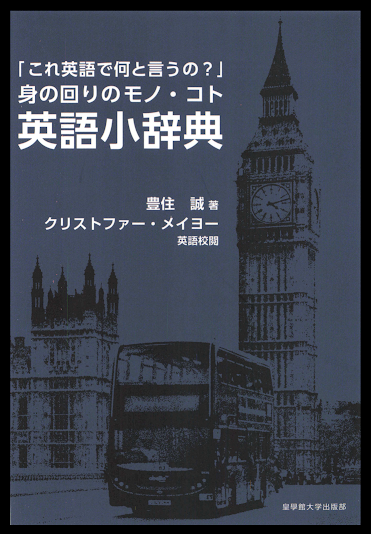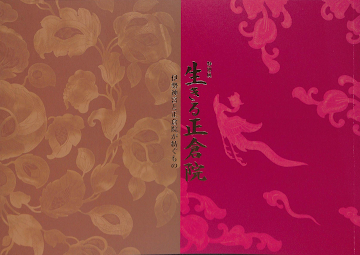I recently gave a talk in Japanese about Kenkō’s Essays in Idleness at Isuzujuku 五十鈴塾, a beautifully maintained set of traditional-style buildings in Ise that hosts educational and cultural events. The title was “Images of Ise in Essays in Idleness at the Intersection of Literature and History”『徒然草』における伊勢像 ~文学と歴史の接点~.
Although most people in Japan are familiar with the text, researchers generally focus on literary and cultural themes rather than the connections made between the words on the pages and physical places. In my talk, I examined images of Ise that appeared in this 14th-century medieval text authored by an individual known to us by the name of Kenkō. What I tried to do is to read Japanese history through the text, especially passages related to Ise such as the 24th and 50th essays in it. I hope that the participants found it as enjoyable as I did to explore history, culture, and ideas in this text.
This is a brief description in Japanese that I used for the talk:「兼好法師が十四世紀に著した『徒然草』を題材にして、そこに描かれた伊勢像を考えてみます。第二十四段の「斎王の野宮におはしますありさまこそ」や第五十段の「伊勢国より、女の鬼に成りたるを」などの文学を通して日本文化史を読んでみませんか。このお馴染みの古典文学を「伊勢」という視点から見直してみたい方は、ぜひご参加ください。」
If you ever have an opportunity to visit Ise or Ise Shrine 伊勢神宮, please stop by and join a class or take a look at the Isuzujuku buildings.









